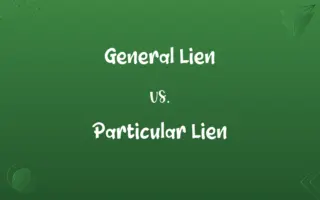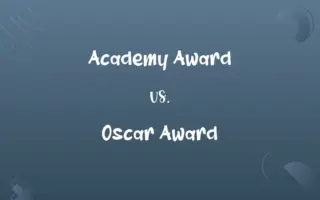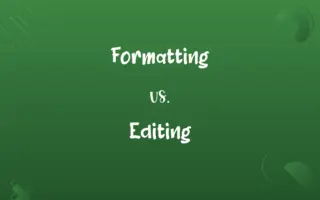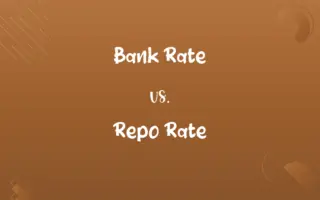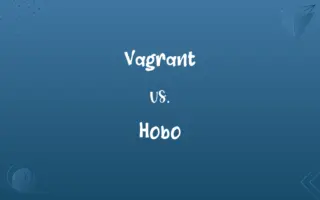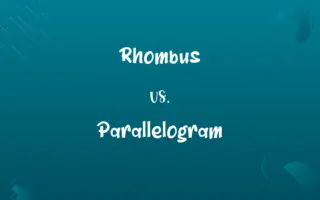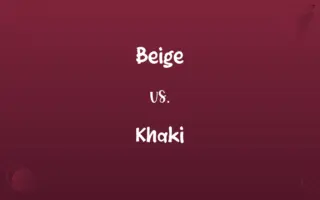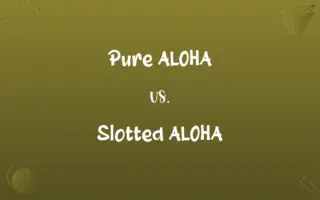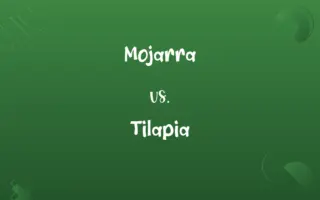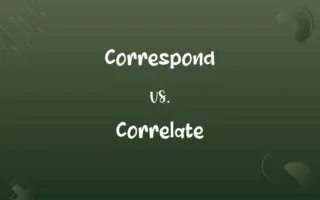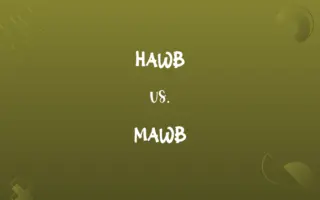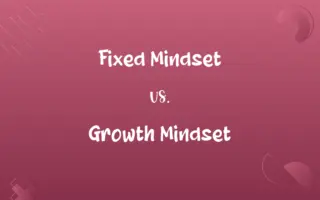Chinese Writing vs. Japanese Writing: Know the Difference

By Shumaila Saeed || Published on January 30, 2024
Chinese Writing uses characters representing words or morphemes, while Japanese Writing combines kanji (from Chinese) with syllabic scripts.
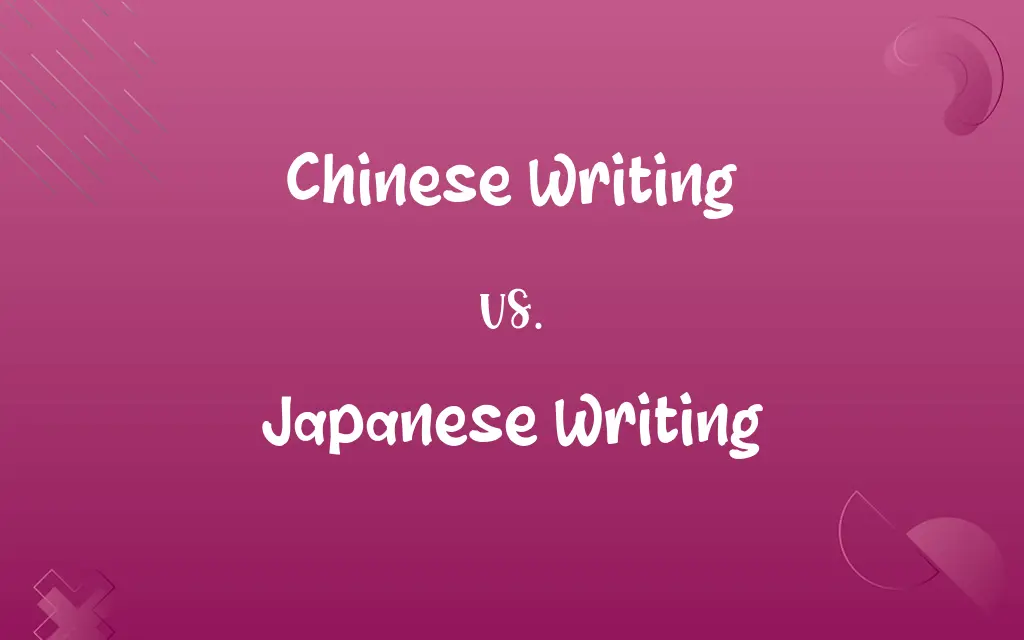
Key Differences
hiragana and katakana.
Shumaila Saeed
Jan 30, 2024
Chinese Writing has evolved over thousands of years, with its characters deeply rooted in ancient Chinese culture. Japanese Writing, however, borrowed kanji from Chinese script and later developed its own syllabic scripts to adapt to the Japanese language.
Shumaila Saeed
Jan 30, 2024
In Chinese Writing, each character has a fixed meaning and pronunciation. Japanese Writing uses kanji for core meanings but relies on hiragana and katakana for grammatical functions and foreign words, respectively.
Shumaila Saeed
Jan 30, 2024
Chinese Writing maintains consistency in its use of characters. Japanese Writing, however, requires knowledge of multiple scripts – kanji, hiragana, and katakana, making it complex in terms of script usage.
Shumaila Saeed
Jan 30, 2024
While Chinese Writing has influenced numerous Asian scripts, it remains relatively unchanged in structure. Japanese Writing, on the other hand, demonstrates adaptation by integrating foreign elements (kanji) into its unique phonetic systems.
Shumaila Saeed
Jan 30, 2024
ADVERTISEMENT
Comparison Chart
Script Type
Logographic (characters represent words/morphemes)
Mixed (kanji + syllabic scripts: hiragana, katakana)
Shumaila Saeed
Jan 30, 2024
Character Set
Thousands of unique characters
Kanji + ~100 characters each in hiragana and katakana
Shumaila Saeed
Jan 30, 2024
Pronunciation Rules
Each character has a specific pronunciation
Kanji readings vary; syllabic scripts have fixed sounds
Shumaila Saeed
Jan 30, 2024
Grammatical Function
Characters used for words and meanings only
Kanji for meaning; hiragana for grammar
Shumaila Saeed
Jan 30, 2024
ADVERTISEMENT
Chinese Writing and Japanese Writing Definitions
Chinese Writing
Logographic System
Chinese Writing uses characters representing words. E.g., 书 (shū) means book.
Shumaila Saeed
Jan 03, 2024
Japanese Writing
Mixed Script System
Combines kanji with syllabic scripts. E.g., 日本 (Nihon) in Japanese Writing means Japan.
Shumaila Saeed
Jan 03, 2024
Chinese Writing
Cultural Significance
Reflects traditional Chinese culture. E.g., Chinese calligraphy is an art form of Chinese Writing.
Shumaila Saeed
Jan 03, 2024
Japanese Writing
Phonetic Adaptation
Adapts kanji to Japanese phonetics. E.g., The kanji 愛 is read as 'ai' in Japanese Writing.
Shumaila Saeed
Jan 03, 2024
Chinese Writing
Ancient Origin
Originated over 3,000 years ago. E.g., Oracle bone script is an early form of Chinese Writing.
Shumaila Saeed
Jan 03, 2024
ADVERTISEMENT
Japanese Writing
Flexibility in Expression
Offers diverse expression methods. E.g., Katakana emphasizes foreign words in Japanese Writing.
Shumaila Saeed
Jan 03, 2024
Chinese Writing
Uniformity Across Dialects
Standard in all Chinese dialects. E.g., Chinese Writing is the same in Mandarin and Cantonese.
Shumaila Saeed
Jan 03, 2024
Japanese Writing
Borrowed Characters (Kanji)
Adopts Chinese characters for meaning. E.g., Kanji in Japanese Writing originated from Chinese script.
Shumaila Saeed
Jan 03, 2024
Chinese Writing
Character Complexity
Involves thousands of characters. E.g., Learning Chinese Writing requires memorizing many characters.
Shumaila Saeed
Jan 03, 2024
Japanese Writing
Syllabic Scripts (Hiragana, Katakana)
Uses hiragana for grammar, katakana for foreign words. E.g., すし (sushi) is written in hiragana.
Shumaila Saeed
Jan 03, 2024
Repeatedly Asked Queries
What is Chinese Writing primarily composed of?
Logographic characters, each representing a word or a part of a word.
Shumaila Saeed
Jan 30, 2024
Can Chinese speakers read Japanese kanji?
Partially, as many kanji characters have similar meanings.
Shumaila Saeed
Jan 30, 2024
What are the components of Japanese Writing?
Kanji, borrowed from Chinese, and two syllabic scripts: hiragana and katakana.
Shumaila Saeed
Jan 30, 2024
Does Japanese Writing use the same characters as Chinese?
Yes, for kanji, but it also includes hiragana and katakana.
Shumaila Saeed
Jan 30, 2024
How old is Chinese Writing?
Over 3,000 years, evolving from ancient scripts.
Shumaila Saeed
Jan 30, 2024
Is Chinese Writing the same across all dialects?
Yes, the written form is standard despite dialect differences.
Shumaila Saeed
Jan 30, 2024
Does Chinese Writing vary in different regions of China?
The script remains consistent, though pronunciation may vary.
Shumaila Saeed
Jan 30, 2024
Are Chinese characters phonetic?
No, they are logographic, representing meaning rather than sound.
Shumaila Saeed
Jan 30, 2024
Is learning Chinese Writing complex?
Yes, due to the large number of characters and their meanings.
Shumaila Saeed
Jan 30, 2024
How is katakana used in Japanese Writing?
Primarily for foreign words and onomatopoeia.
Shumaila Saeed
Jan 30, 2024
Is calligraphy important in Chinese Writing?
Yes, it's a respected and traditional art form.
Shumaila Saeed
Jan 30, 2024
Is Japanese Writing more complex than Chinese?
It can be, due to the use of multiple scripts.
Shumaila Saeed
Jan 30, 2024
Why does Japanese Writing use three scripts?
To adapt kanji to Japanese phonetics and grammar.
Shumaila Saeed
Jan 30, 2024
What is the role of hiragana in Japanese Writing?
It is used for grammatical elements and native Japanese words.
Shumaila Saeed
Jan 30, 2024
How is kanji integrated into Japanese Writing?
It's used for most nouns, verbs, and adjectives.
Shumaila Saeed
Jan 30, 2024
Are there simplified forms in Chinese Writing?
Yes, simplified characters are used in mainland China.
Shumaila Saeed
Jan 30, 2024
Do Japanese children learn all three scripts?
Yes, starting with hiragana, then katakana, and finally kanji.
Shumaila Saeed
Jan 30, 2024
Is Chinese Writing used in other countries?
Yes, in countries with significant Chinese cultural influence.
Shumaila Saeed
Jan 30, 2024
How is Chinese Writing taught?
Through rote memorization and understanding of character structure.
Shumaila Saeed
Jan 30, 2024
Share this page
Link for your blog / website
HTML
Link to share via messenger
About Author
Written by
Shumaila SaeedShumaila Saeed, an expert content creator with 6 years of experience, specializes in distilling complex topics into easily digestible comparisons, shining a light on the nuances that both inform and educate readers with clarity and accuracy.

